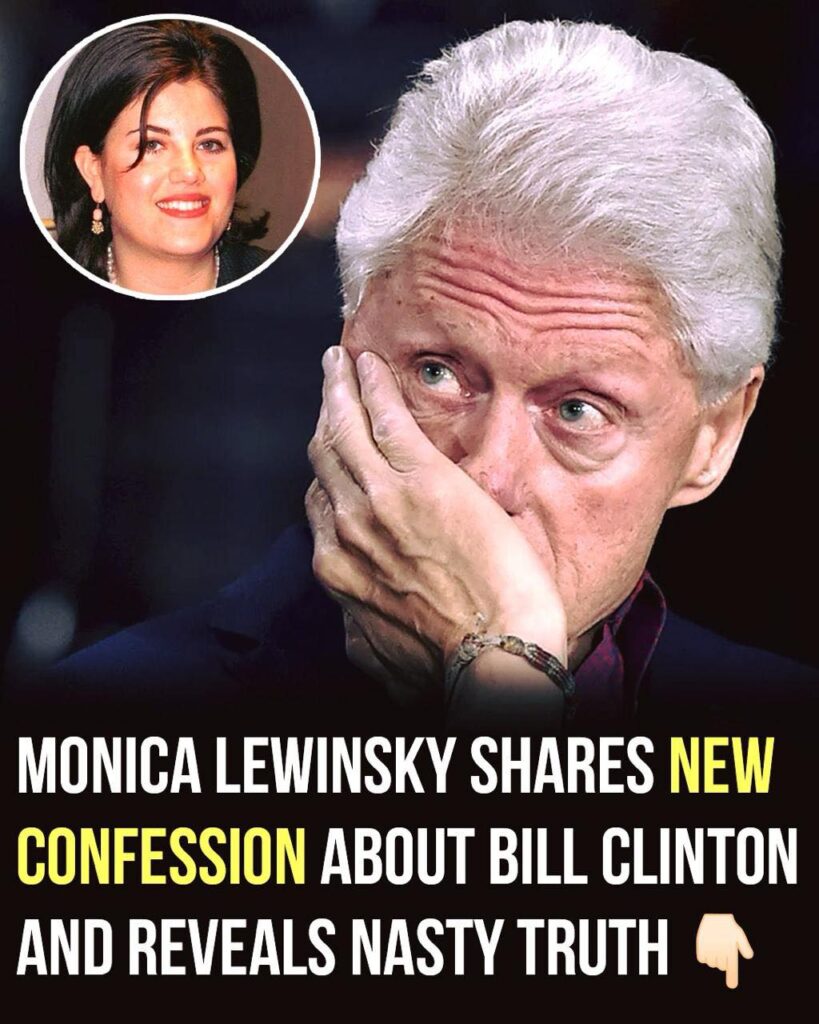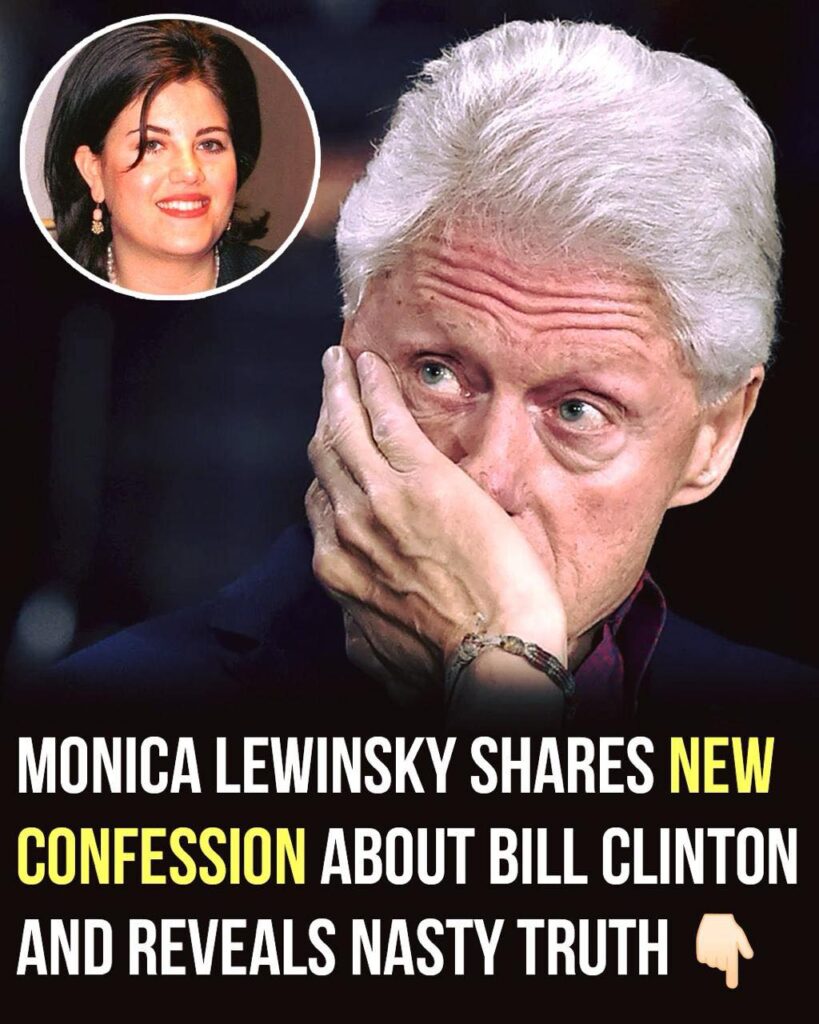Monica Lewinsky: From Scandal to Strength
Over 30 years ago, Monica Lewinsky was thrust into the public spotlight at age 22 after her relationship with President Bill Clinton made headlines. “I saw it then as a young woman’s romance,” she said on the How To Fail podcast. “Today I understand it was an abuse of power.” At the time, few focused on the power imbalance—media coverage fixated on her appearance and morality instead.

Branded a “bimbo” and ridiculed by the press, Lewinsky became a national punchline. “The word bimbo clung to me,” she recalled. Labeled unstable, even by other women, she faced rejection in both public and professional life. “I never imagined that ten years later I still couldn’t get hired,” she said.
Lewinsky describes herself as “patient zero” of online shaming, long before social media amplified such attacks. On the Call Her Daddy podcast, she shared how deeply damaging the labels were—called a stalker, mentally unfit, and “not even attractive enough.”
Rather than disappear, she chose to speak out. Today, Lewinsky advocates against cyberbullying and speaks about empathy and resilience through essays and TED Talks. “I’ve come to love who I am—scars included,” she said. Her goal is no longer to defend herself but to push for cultural change. “Women my age watched me get humiliated for a personal mistake. It told them: stay quiet, don’t be visible.”
Lewinsky doesn’t seek sympathy but understanding. “I’m more than a mistake,” she says. “I’m someone who survived one.” Her story is a powerful reminder to question how we treat people in the spotlight—and whether we’ve truly become more compassionate in the digital age.


